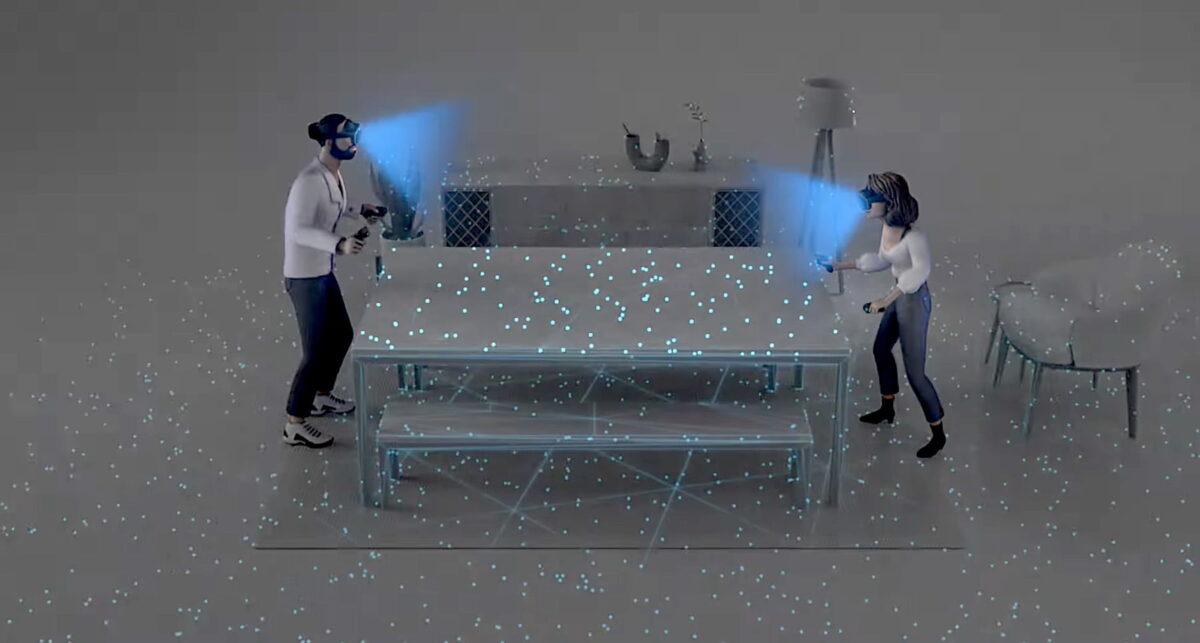Meta is working on automatic room scanning for Quest Pro

Mixed reality with Quest 2 is tiresome, requiring drawing rooms by hand. Future devices starting with Quest Pro could do this automatically.
Part of a believable mixed reality experience comes from the headset having a 3D understanding of the physical environment. This is the only way that digital objects can interact realistically with the physical world.
For interactions of this kind, you have to draw in the walls manually. This is a laborious process with patchy results, depending on the room. The awkwardness of this process is a major obstacle in the way of consumer adoption. At least, with Quest 2.
Now Meta vows to mend its ways. In a blog article, the company writes that its goal is to develop an automated version of room entry that eliminates the need to manually draw in rooms.
Meta Quest Pro has an enhanced understanding of space
In the blog article, Meta introduces a new name for its own mixed reality system: Meta Reality. It also goes into detail about its components. These include,
- the stereoscopic passthrough,
- a 3D spatial understanding,
- persistent room anchors, and,
- shared room anchors for local multiplayer.
The article provides readable insights into how the Meta Quest Pro's passthrough mode works.
Thanks to a new sensor architecture with higher resolution cameras and RGB sensors, as well as improved computer vision algorithms, the digital reconstruction of the physical environment looks more believable than with Meta Quest 2. It even theoretically enables 3D mapping.
"While (Oculus) Insight (Quest 2's inside-out tracking software) uses roughly 100 points of interest in a room to pinpoint the headset's position in space, our depth detection solution on Meta Quest Pro generates up to 10,000 points per frame up to five meters away under a variety of natural and artificial lighting conditions," Meta writes.
With these point clouds, the headset creates a 3D map of the world. This helps correctly map the physical environment in passthrough mode. So the Quest Pro's stripped-down depth sensor may not even be necessary for room scanning, as tech chief Andrew Bosworth has already hinted. However, it remains to be seen when and for which devices the feature rolls out.
Only the beginning of the Meta Reality journey
Meta also goes into detail about the other building blocks of a credible mixed reality, promising that "Meta Reality" will only get better thanks to software updates and hardware advancements in future Quest products (Meta Quest 3?).
"Meta Quest Pro is the first of many MR devices that explore the exciting potential of this emerging technology," says Meta's computer vision specialist Silveira Cabral. "We want to learn together with developers as they build compelling experiences that redefine what's possible with a VR headset."
Interested in mixed reality? Then check out our article on the 15 best mixed reality experiences for Quest 2 & Quest Pro.
Note: Links to online stores in articles can be so-called affiliate links. If you buy through this link, MIXED receives a commission from the provider. For you the price does not change.